Happy 43rd birthday ESA!
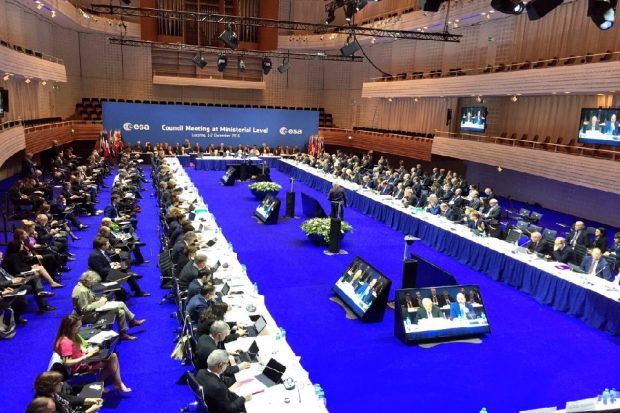
Today marks 43 years since the European Space Agency (ESA) was established. Happy birthday ESA!

Today marks 43 years since the European Space Agency (ESA) was established. Happy birthday ESA!
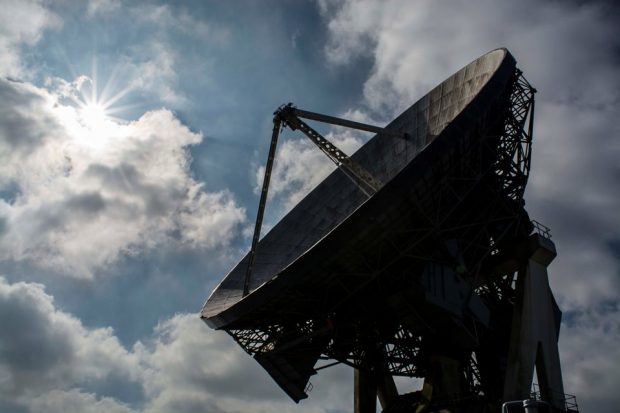
On 23 July, 55 years ago, US president John F. Kennedy’s gave a historic press conference about the unprecedented capabilities of the previously launched Telstar satellite. His speech was, for the first time, transmitted via the satellite from the United …
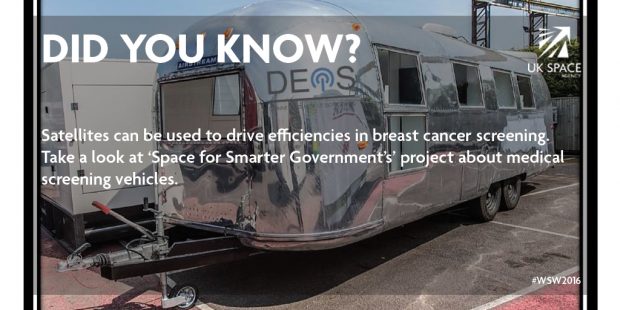
This week, we're celebrating World Space Week (#WSW16). Today we're focussing on our Space for Smarter Government Programme. SSGP is an exciting and challenging programme operating to educate and inspire public sector to the multiple uses of satellite applications and …
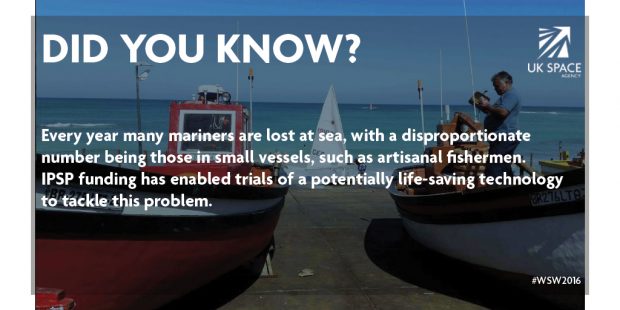
This week, we're celebrating World Space Week (#WSW16). Today we're focussing on our International Partnership Programme. The aim of the programme is to open opportunities for the UK space sector to share expertise in real-world satellite technology and services overseas …
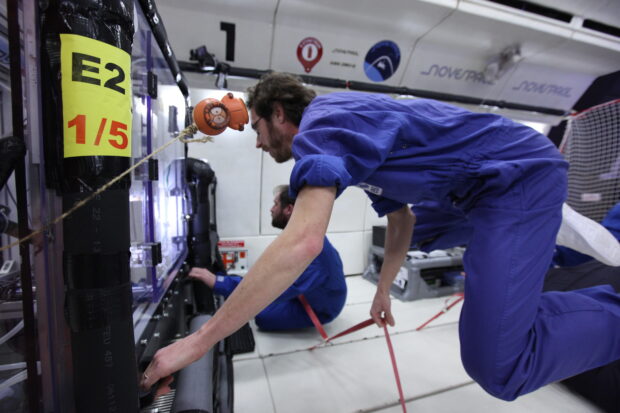
This week the Open University released the second in a series of excellent primers on microgravity – this time, looking at how the evocatively nicknamed Vomit Comet – AKA parabolic flights – can help scientists understand how planets form.
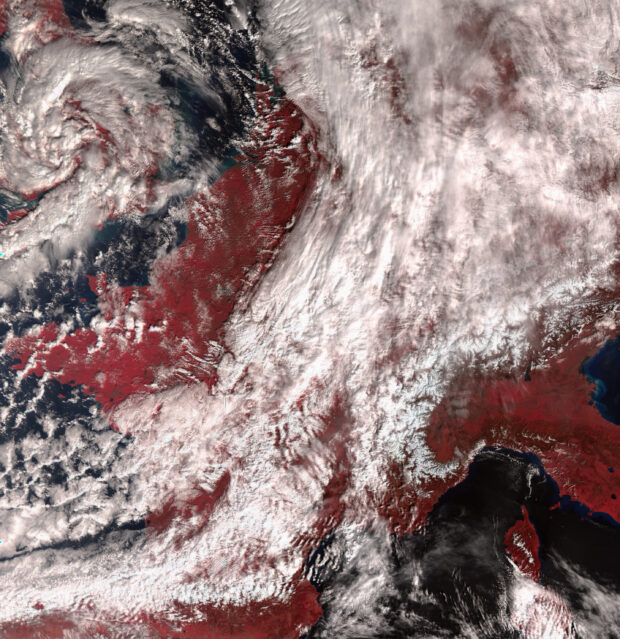
Launched 3 weeks ago (16 February 2016), Sentinel-3A has already delivered impressive first images for Europe’s Copernicus programme. The 3 instruments on the satellite will be used to measure Earth’s oceans, land, ice and atmosphere. The image above shows Storm …
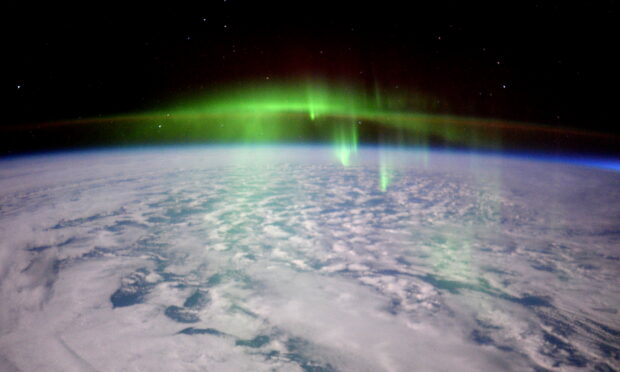
This week (23 February 2016), British European Space Agency (ESA) astronaut Tim Peake shared this beautiful image of a glowing aurora from the International Space Station (ISS). Tim Peake tweeted, “The @Space_Station just passed straight through a thick green fog …
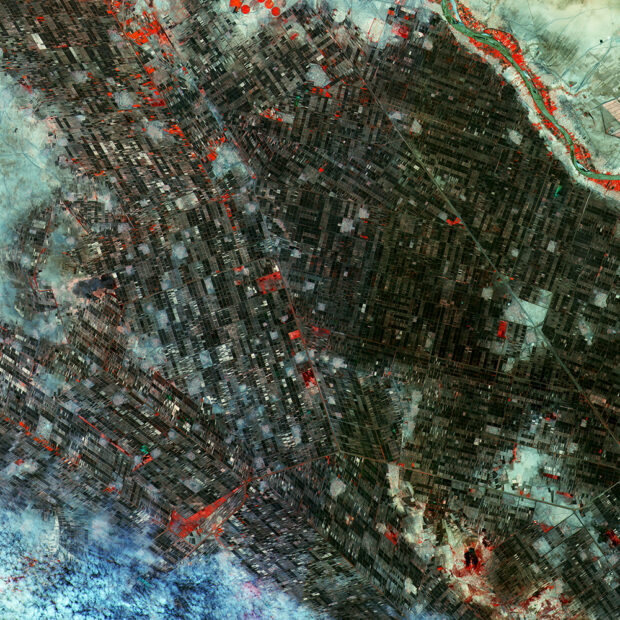
Taken merely 5 days after it arrived in orbit (28 June 2015), Sentinel-2A took this false-colour image of Sudan’s capital and second largest city, Khartoum. Khartoum sits between the Blue Nile River (which can be seen on the upper right …
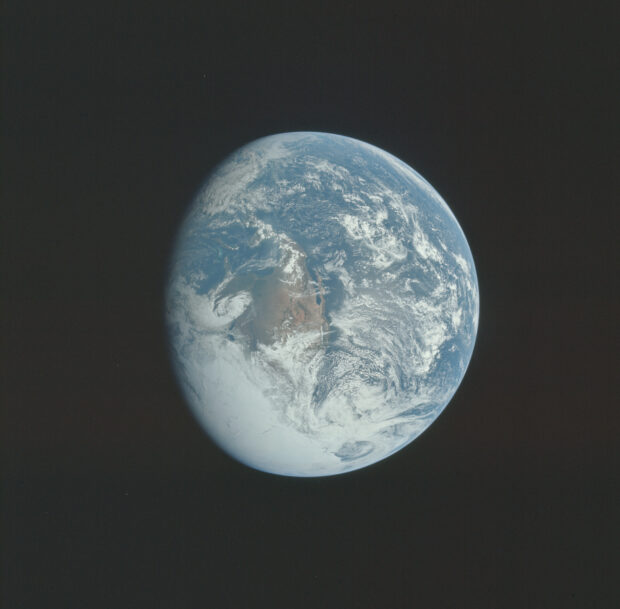
This week (5 October 2015) thousands of images from the Apollo space missions were put into public domain.
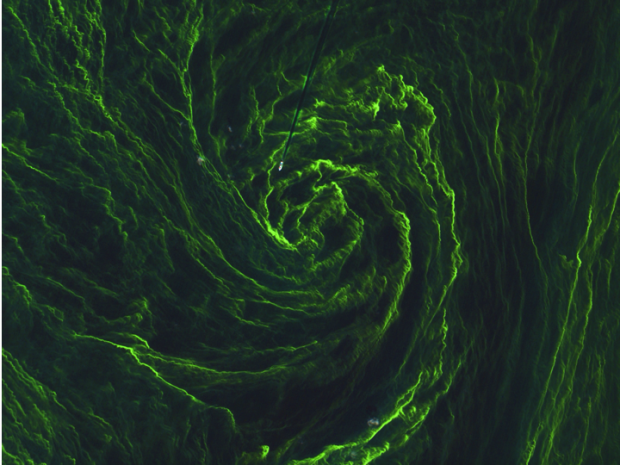
Despite only being in orbit for a matter of weeks, Sentinel-2A has exceeded expectations with this image of algal bloom in the Baltic Sea. The second of the Sentinel fleet (launched June 2015) was initially built as a land …